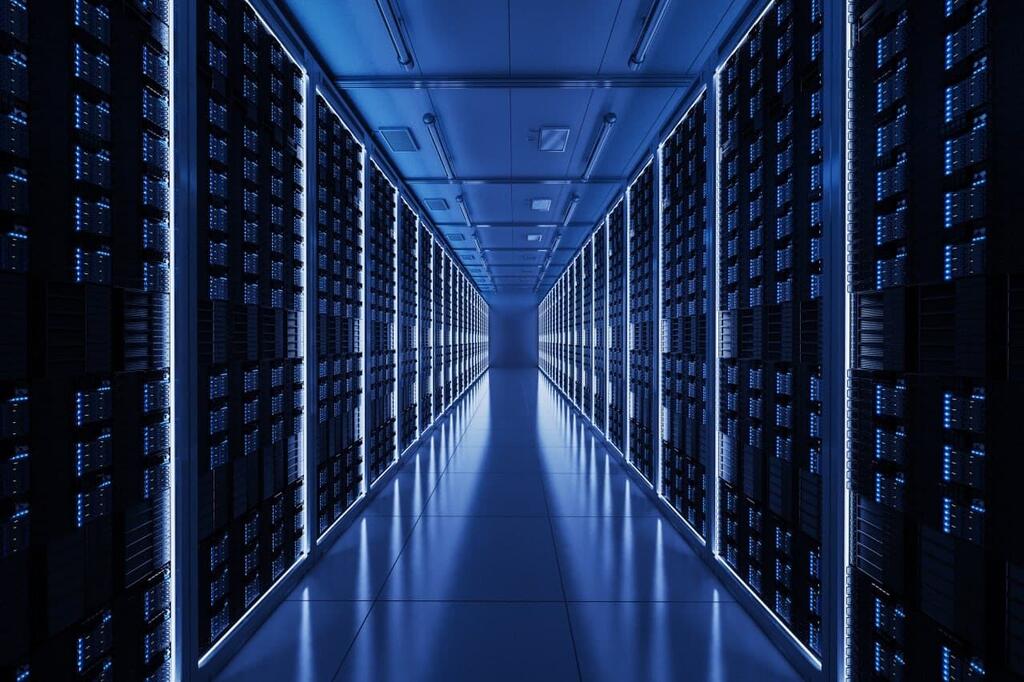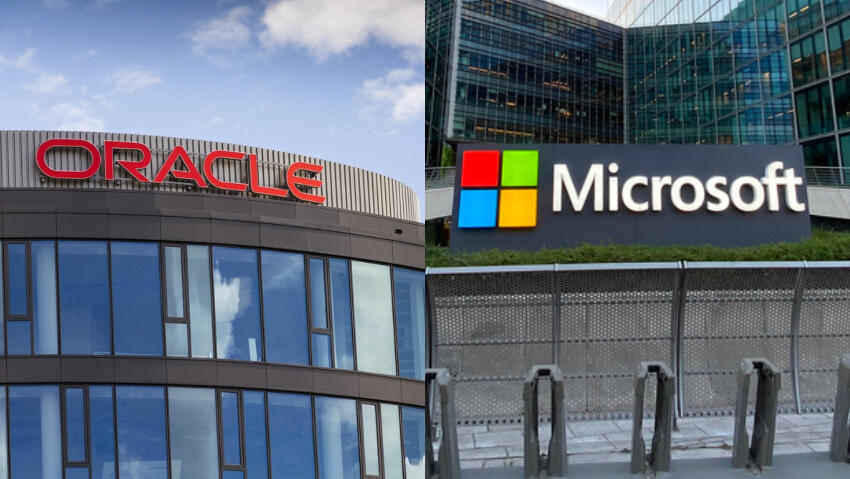Getting your Trinity Audio player ready...
As the race to create Artificial General Intelligence (AGI) merges with the quest to power the world through nuclear energy, it might be time to start worrying. This week, Oracle, a heavyweight in cloud computing and data centers, announced it plans to power its colossal new data center with three "modular" nuclear reactors (SMRs). Oracle is aiming to build the world’s most powerful supercomputer, seeking to outshine a similar data center—Colossus—being constructed by Elon Musk’s xAI.
Both, however, may pale in comparison to Microsoft's Stargate data center, a partnership with OpenAI, promising to deliver five times the power Oracle envisions.
And don't skimp on the electricity
This week, attention briefly shifted to the energy implications of the AI craze. In an investor call reported by Motley Fool, Oracle President Larry Ellison revealed plans for a data center exceeding a gigawatt of power, fueled by nuclear energy. He said that permits for three reactors have been secured, signaling the escalating frenzy in this field.
A bit of background on this unsettling story: The data processing demands of AI are skyrocketing exponentially, alongside the increased use of large language models (LLMs) and various AI tools. Behind the scenes, a relentless race is underway among companies to be the first to unveil a true AGI system and other AI services. For this, they are building more data centers packed with tens of thousands of processing units, including those from Nvidia, that are crucial for AI training and operation.
These centers are ravenous energy consumers, so much so that a data center's processing power is often measured by its electricity usage. The demand for such vast amounts of energy arises partly from AI chips generating significant heat. In fact, 40% of a data center's energy consumption is dedicated to cooling systems that release this heat into the atmosphere.
Oracle currently operates 162 data centers worldwide, with some under construction. Its largest will consume 800 megawatts, ten times the current average. The company is now preparing for centers with over a gigawatt capacity.
"This is what it takes to stay competitive in the race to build one of the world's most powerful neural computing networks," Ellison stated. "It drives AI training costs to astronomical levels. The starting price for an advanced model is around $100 billion. Let me say that again—$100 billion."
Traditional power plants just don't cut it anymore
A Goldman Sachs report predicts data center electricity consumption will grow by 160% by 2030. Today, a single ChatGPT session already uses 2.9 watts per hour—ten times a single Google search (0.3 watts per hour). According to Ireland's Central Statistics Office, data centers consume more electricity than households in Ireland, making up a fifth of the EU's total electricity usage.
A U.S. Department of Energy report warns that U.S. power plants might struggle to meet the near-future demands of data centers and AI systems. The International Energy Agency forecasts that within two years, data centers will account for a third of the U.S.'s energy consumption growth and more than half of the global increase. Their estimates point to 1,000 terawatt-hours—equivalent to Japan's entire energy consumption.
And so, nuclear power plants come to the forefront as a solution for powering data centers, with Oracle not alone in this venture. Microsoft and Amazon are also exploring nuclear energy to power parts of their data center networks.
The nuclear energy industry is abuzz with excitement. Although nuclear power has long provided a fifth of the U.S.'s electricity, that figure has stagnated for years. The current focus is on small modular reactors (SMRs), adapted from technology used in ships and submarines. These small, non-polluting, and relatively cheap reactors, though not yet widespread, have been installed in Japan, China and Russia.
But the big picture is unsettling: The AI frenzy of recent years has driven an ever-growing demand for new technologies, leading to massive investments and fierce competition among companies, culminating in the push for nuclear energy, which remains remembered as highly dangerous.
Ultimately, who will govern and control this nuclear energy? That's right, the AGI sitting within the servers it powers. If AI begins to run amok—as many AI experts worldwide fear—will it choose to shut itself down?



